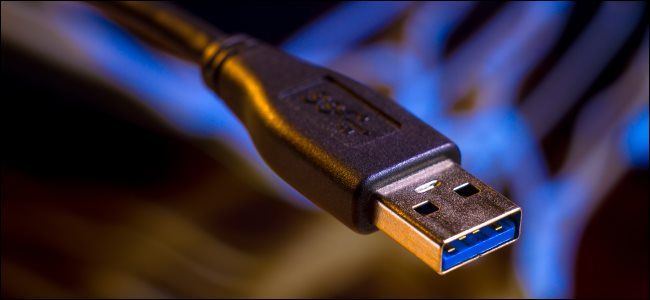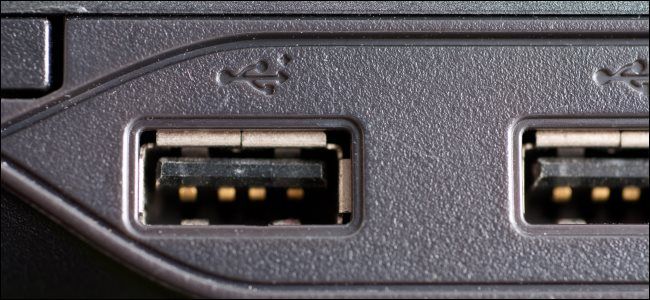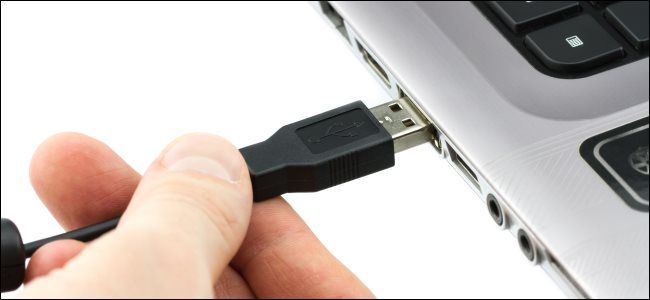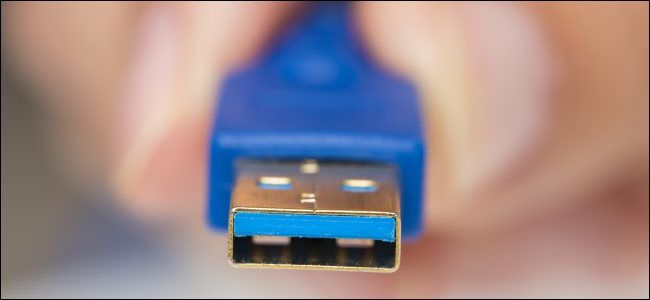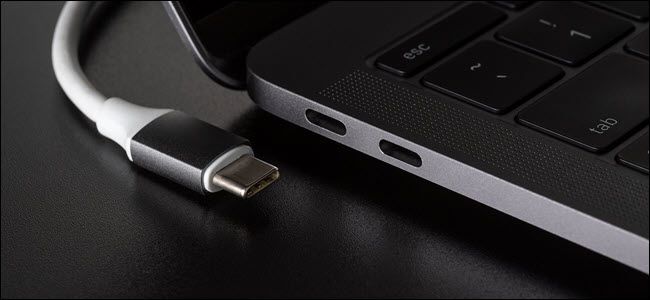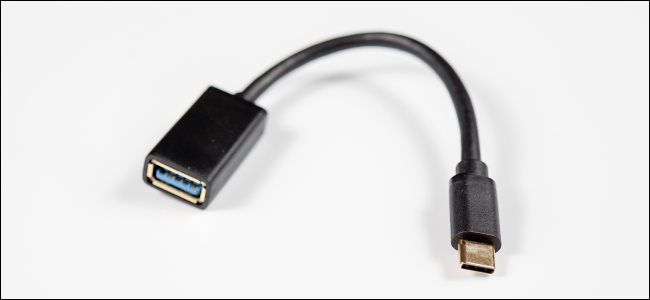Quick Links
USB comes in many shapes and sizes, but USB Type-A connectors are the most common type. They're rectangular in shape and have been in wide use for decades. In the official USB specification, USB-A is known as "Standard-A."
What Type-A Connectors Are For
USB Type-A connectors are the most common type of USB connection you'll find.
You'll find USB Type-A ports in most modern computers, laptops, game consoles (like the PlayStation, Xbox, and Nintendo Switch), smart TVs, streaming media players, and other devices. These USB Type-A ports are also called receptacles.
Devices like USB flash drives, mice, keyboards, external hard drives, webcams, digital cameras, game controllers, mobile devices, and numerous other peripheral devices and accessories often have USB Type-A connectors (often called plugs), which can be plugged into Type-A ports.
USB Type-A ports work with all USB versions, from USB 1.1 and USB 1.0 to USB 3.0, USB 3.1, and USB 3.2.
USB Type-A and Backward Compatibility
When it comes to the Universal Serial Bus (USB) standard, there are two things to think about: Physical connector shape and the underlying protocol (speed.)
USB Type-A connectors date back to the the original release of USB 1.0 in 1996, although USB only really became common with USB 1.1 in 1998. However, while Type-A connectors have been around for a while, they still work with the latest modern versions of USB.
This longtime standard physical connection aids USB in backward compatibility. if you have a modern computer that supports USB 3 and a modern USB device that supports USB 3, you can connect them with a USB cable that supports USB 3 speeds and get all the speed advantages.
However, if you have a USB 3 device, you can still use that same USB cable to connect it to an old computer that only supports USB 2.0 or USB 1.1. It will work at slower speeds, but that same USB Type-A connector lets you plug your device into almost anything.
In other words, you can plug any USB Type-A plug into any USB Type-A port and it will "just work." If the devices are different generations---if you plug a 20-year-old USB drive into a modern PC, for example---they may perform slower, but they will work.
Blue USB Connectors Are Often Faster
USB Type-A connectors and ports that support faster USB 3.0 speeds often (but not always) have blue on the inside. Type-A connectors that only support slower USB 2.0 or USB 1.1 speeds often (but not always) have black on the inside.
The same goes for ports: USB 3.0 ports often have blue on the inside and USB 2.0 ports often have black on the inside. However, this isn't guaranteed.
Type-A connectors that support USB 3.0 speeds---the ones that often have blue on the inside---have nine pins versus the four pins found in older USB connectors. However, they're still backward compatible and those faster speeds will only work when two USB 3.0 devices are connected to each other. Otherwise, they'll use the slower speeds.
USB Type-C is the Future
While USB Type-A is still the connector in most widespread use, it isn't the future. The future belongs to USB Type-C, which is already common on new devices.
Some modern devices even have both USB Type-A and USB Type-C ports so they're compatible with everything. A few even abandon USB Type-A and only have USB Type-C ports.
You can always use a "dongle" that functions as an adapter. For example, a USB-A device could be connected to a Type-A-to-Type-C dongle, letting you plug it into a USB-C port. This works because, underneath the physical connection difference, USB is still compatible.
USB-C cables are smaller and eliminate the need for mini USB ports and the Micro-B connectors. These are other smaller USB connectors that were used to connect USB Type-A devices (like laptops and chargers) with smaller devices (like smartphones) that had no room for a full USB Type-A receptacle. With USB-C, there will just be one standard USB Type-C port for all devices. Once it's widespread, you won't need different types of USB cables for different devices.
USB Type-A Will Be Sidelined By USB4
The smaller USB Type-C connector will actually be required by the next USB standard, USB4.
But, while the connector shape changes, the underlying USB standard is still backward compatible with devices from previous USB standards.
You'll still be able to plug an older USB Type-A device into a future USB4 device that only has Type-C receptacles. You'll just need a dongle that will convert the physical USB Type-A connection into a USB Type-C one.

